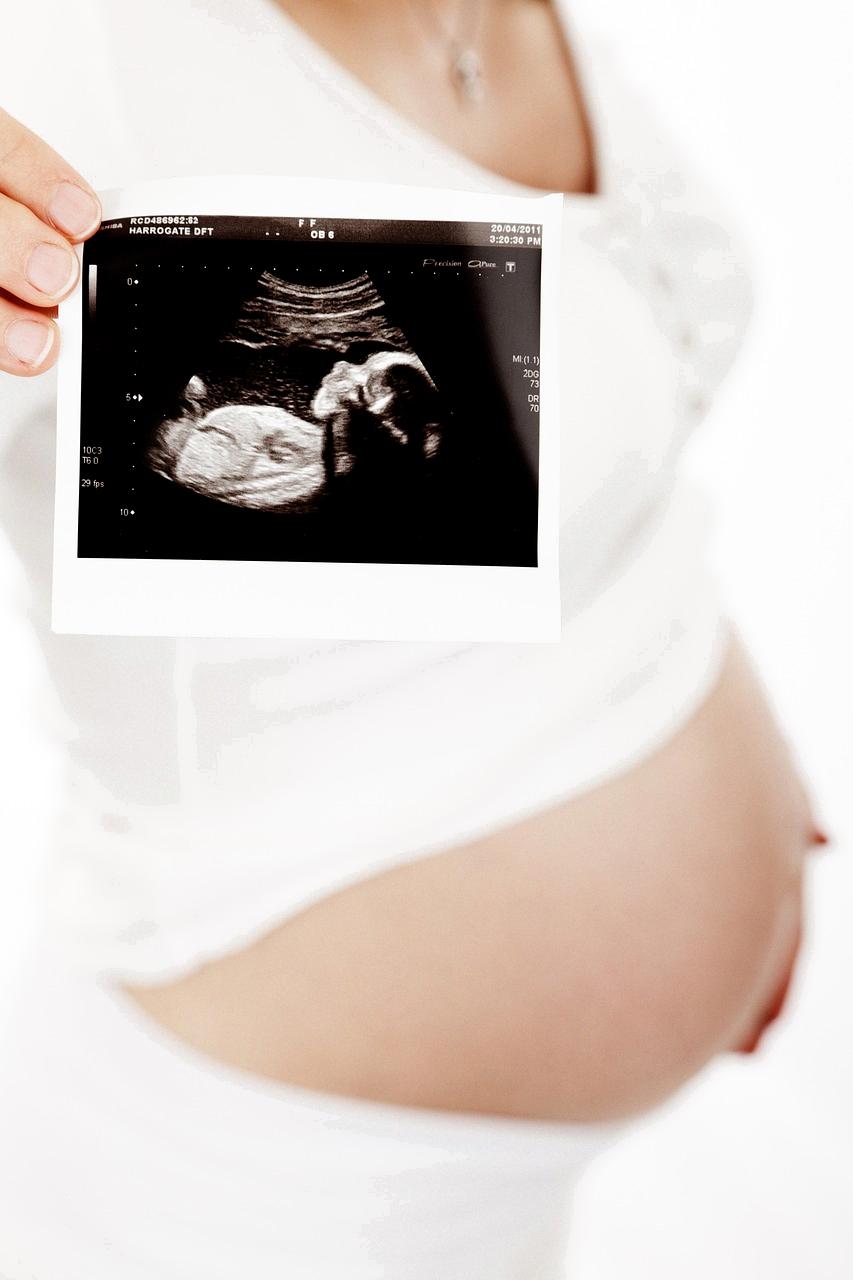Embarking on the journey of In Vitro Fertilization (IVF) can be an emotional rollercoaster for many individuals and couples. One of the most pressing questions that often arises is: What is the percentage of pregnancy after IVF? This question is crucial as it can provide hope, perspective, and insight into the likelihood of achieving a successful pregnancy through this assisted reproductive technology.
Key Statistics from the Society for Reproductive Technology
According to the Society for Reproductive Technology (SART), the percentage of live births through IVF varies depending on several factors. For women under the age of 35, the overall success rate for live births stands at 55.6%. This statistic offers an encouraging outlook for younger individuals undergoing IVF treatments.
Live Births per First Embryo Transfer
For those undergoing their first embryo transfer, the percentage of live births is slightly lower at 41.4%. This statistic highlights the importance of factors such as embryo quality, uterine receptivity, and overall reproductive health in determining the success of the initial IVF cycle.
Impact of Later Embryo Transfers
When individuals opt for a later embryo transfer, typically due to freezing embryos for future use, the live birth percentage hovers around 47%. This statistic underscores the potential success of utilizing frozen embryos in subsequent IVF cycles, offering renewed hope for individuals who may not have achieved success in their initial attempts.
Factors Influencing IVF Success Rates
It is essential to recognize that various factors can influence the percentage of pregnancy after IVF. Age plays a significant role, with younger individuals generally experiencing higher success rates compared to older individuals. Additionally, factors such as underlying health conditions, lifestyle choices, and the quality of eggs and embryos can impact the overall success of IVF treatments.
Emotional Considerations During the IVF Process
Embarking on the IVF journey can evoke a myriad of emotions, ranging from hope and excitement to fear and uncertainty. It is crucial for individuals undergoing IVF to prioritize their emotional well-being, seeking support from loved ones, mental health professionals, and fertility support groups to navigate the ups and downs of the process.
Personalized Treatment Plans and Support
IVF clinics often tailor treatment plans to individual needs, considering factors such as medical history, fertility challenges, and personal preferences. By receiving personalized care and support throughout the IVF process, individuals can feel empowered and informed, enhancing their overall experience and potential for success.
Celebrating Each Step of the IVF Journey
While the statistics surrounding IVF success rates are essential to consider, it is equally important to celebrate each step of the IVF journey. From the initial consultation to embryo transfer and pregnancy testing, each milestone represents a triumph of courage, perseverance, and resilience in the face of fertility challenges.
Hope, Resilience, and Support
As individuals navigate the complexities of the IVF process, it is crucial to hold onto hope, cultivate resilience, and seek support from a caring network of professionals and loved ones. By embracing the journey with courage and determination, individuals can increase their chances of achieving their dream of parenthood through IVF.
Looking Towards the Future with Optimism
While the percentage of pregnancy after IVF may fluctuate based on individual circumstances, it is vital to approach the journey with optimism and positivity. By embracing the unknown, trusting in the expertise of fertility specialists, and staying connected to a supportive community, individuals can navigate the IVF process with resilience and hope for a successful outcome.
Conclusion: Navigating the IVF Journey with Courage and Hope
In conclusion, the percentage of pregnancy after IVF varies based on a multitude of factors, including age, embryo quality, and overall health. By understanding the key statistics provided by organizations such as SART, individuals can gain insight into the likelihood of success with IVF treatments. However, beyond the numbers lies a journey of courage, hope, and resilience, where personalized care, emotional support, and a positive mindset can pave the way towards realizing the dream of parenthood through IVF.

